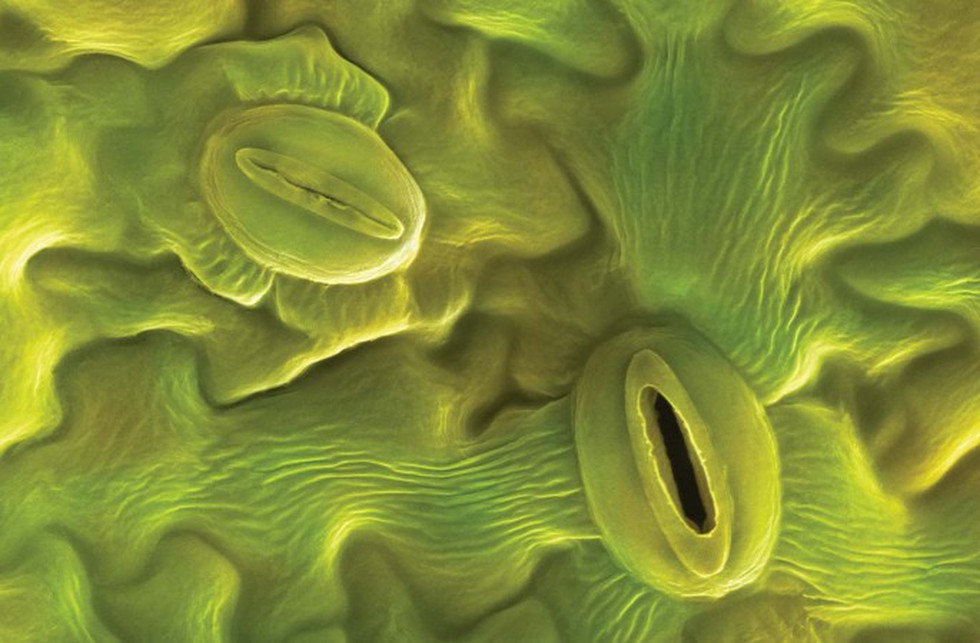Researchers have a longstanding interest in understanding the intricate processes governing plant physiology, particularly the mechanisms behind stomatal regulation. Stomata, the microscopic pores on plant surfaces, are crucial for gas exchange, facilitating the regulation of water loss and carbon dioxide uptake. The opening and closing of stomatal pores are tightly regulated, with light serving as a primary trigger for their dynamic behavior.
Recent Breakthrough: Identification of Photosensorine
Recent studies have focused on unraveling the molecular intricacies of stomatal regulation, particularly in response to light cues. In a significant breakthrough, a team of scientists has identified a crucial amino acid involved in the light-induced opening of stomata. This amino acid, tentatively named “photosensorine,” acts as a molecular switch in the light perception pathway of plants.
Research Findings and Methodology
Through a series of experiments combining genetic analysis, biochemical assays, and advanced imaging techniques, researchers have pinpointed the role of photosensorine in mediating the response of stomata to light stimuli. Dr. Elena Ramirez, the lead researcher, highlights the unprecedented insights gained into the molecular machinery governing stomatal regulation in plants.
Implications and Applications
The discovery of photosensorine carries significant implications. Understanding the molecular basis of stomatal regulation not only advances fundamental knowledge in plant biology but also holds practical significance for agriculture and environmental management. By leveraging this newfound understanding, researchers aim to develop innovative strategies to manipulate stomatal behavior, thereby enhancing crop productivity and mitigating the impacts of environmental stressors such as drought and heat.
Future Directions and Opportunities
Moreover, the identification of photosensorine opens avenues for further research into plant photobiology. It offers new targets for genetic engineering and biotechnological interventions aimed at improving crop resilience and sustainability.
Conclusion
Discoveries like the identification of photosensorine underscore the profound interconnectedness between fundamental research and real-world applications in plant physiology. They drive progress towards a more sustainable and food-secure future.
Multiple Choice Questions (MCQs) with Answers:
- What are stomata?
- A) Microscopic organisms
- B) Tiny pores on plant surfaces
- C) Part of animal cells
- D) Structures in fungi
- What is the primary trigger for the dynamic behavior of stomata?
- A) Water availability
- B) Soil nutrients
- C) Light
- D) Temperature
- What is the name of the amino acid identified as a molecular switch in the light perception pathway of plants?
- A) Chlorophyll
- B) Photosystem
- C) Photosensorine
- D) Stomatin
- What is one practical implication of understanding stomatal regulation in plants?
- A) Developing new pesticides
- B) Enhancing crop productivity
- C) Understanding animal behavior
- D) Improving soil structure
- What opportunities does the discovery of photosensorine offer?
- A) Exploration of animal physiology
- B) Development of new drugs
- C) Further research in plant photobiology
- D) Exploration of space biology
